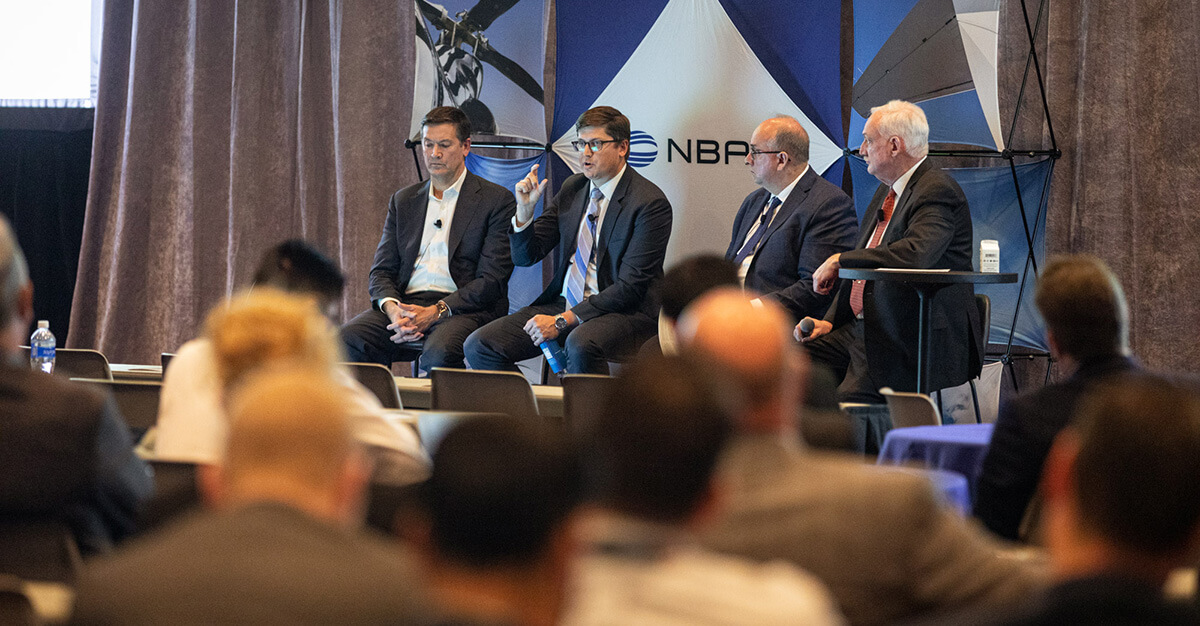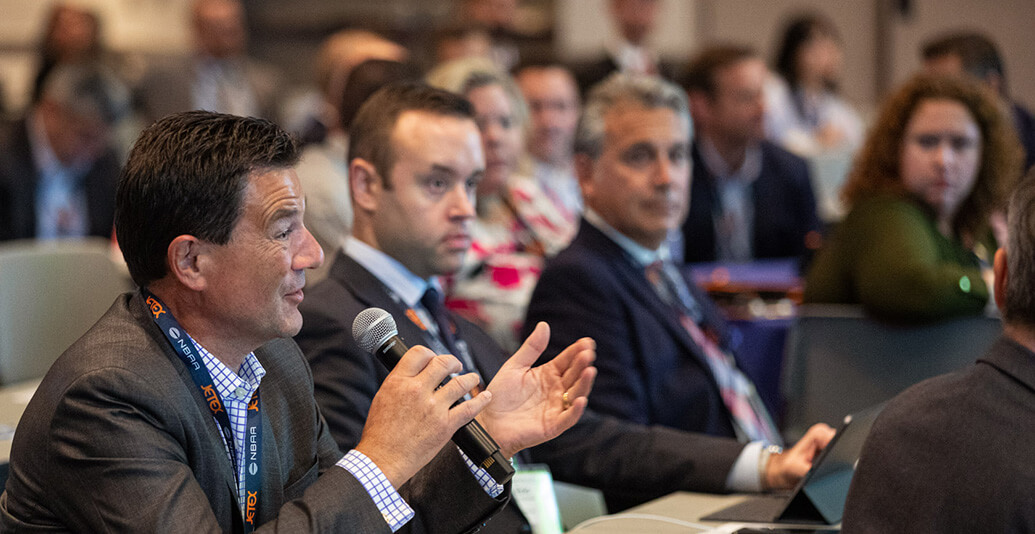Supersonic Aircraft Challenges Addressed at NBAA-BACE Session

Oct. 23, 2019
Supersonic aircraft (SST) have always held tremendous appeal for business aviation; however, decades have passed without certification of a single, viable supersonic business aircraft. With several companies now working to develop next-generation SSTs for business aviation uses, a session at the 2019 NBAA Business Aviation Convention & Exhibition (NBAA-BACE) looked at whether their time has finally come, or if it’s just more of the ‘same old hype.’
The Business Aviation Insider-sponsored session, moderated by magazine Managing Editor Robert A. Searles, made one thing clear: if supersonic aircraft designs fail once again to take off, it won’t be due to a lack of resources. Agencies such as NASA and the FAA have worked for several years to pave the way for SSTs, with significant regulatory work and advanced research to address fundamental obstacles to widespread adoption of the technology: noise, efficiency and emissions.
All three are particularly challenging, in part because the types of engines required for supersonic flight – turbojets, or low-bypass turbofans – are much louder, thirstier and less emissions-friendly than their high-bypass counterparts used on modern subsonic aircraft.
Kevin Welsh, executive director for the FAA’s Office of Environment and Energy, said the agency is working to develop an acceptable noise standard for supersonic aircraft, because “there isn’t one that currently exists.
“The sweet spot that we’re trying to hit [with regulations] is setting a level that will provide certainty for the industry to actually be able to go ahead and make this investment decision, but also a level that is going to be …quiet enough to be accepted around the world as an appropriate landing and takeoff standard,” he said. “That’s a lot easier said than done.”
There’s also the matter of the sonic booms generated by aircraft traveling faster than the speed of sound, which is the primary reason why civil supersonic flights over the U.S. have been banned since 1973. Last year, NASA awarded a contract to Lockheed Martin to develop the X-59 Quiet Supersonic Technology demonstrator test aircraft designed to greatly reduce the perceived sonic boom on the ground.
“This particular goal is to achieve approximately 75 perceived loudness decibels, which relative to the Concorde [supersonic airliner] is approximately 30 perceived loudness decibels less,” said Clayton Meyers, deputy project manager of commercial supersonic technology at NASA. “It’s like comparing overhead thunder with far-off thunder; at some point there’s enough background noise that you won’t hear it at all.”
Much work also remains to improve efficiency and reduce carbon emissions from supersonic aircraft engines. Aerion Corp. Chairman, President and CEO Tom Vice said these aspects may be addressed in part by use of sustainable aviation fuels.

“I think the right question to ask is, can we actually connect the world where distance is no longer a barrier in a way that’s also sustainable and reduces time?” said Vice. “We think that’s the better question to ask, instead of saying we shouldn’t travel, period, because humanity is really ingenious. We’ll come up with answers to that question.”
Vice added that Aerion, which is targeting first flight of its AS2 business jet sometime in the early 2020s, is also exploring additional ways to offset carbon emissions from its aircraft, such as planting 1 million trees. The company also is examining use of direct air-capture technologies to pull carbon from the air surrounding high-emissions areas, including airports.
Read related content from NBAA on supersonic business aircraft:
Any person who attends an NBAA convention, conference, seminar or other program grants permission to NBAA, its employees and agents (collectively "NBAA") to record his or her visual/audio images, including, but not limited to, photographs, digital images, voices, sound or video recordings, audio clips, or accompanying written descriptions, and, without notifying such person, to use his or her name and such images for any purpose of NBAA, including advertisements for NBAA and its programs.
Related Articles
March/April 2024
Boom Supersonic Aims for Net-Zero Carbon by 2025
May 1, 2023
Podcast: NASA’s Supersonic Quest Continues
June 6, 2022
NBAA Podcast Exclusive: NASA Leaders Preparing for Supersonic Flight
June 14, 2021


 International Business Aviation Council Ltd.
International Business Aviation Council Ltd.